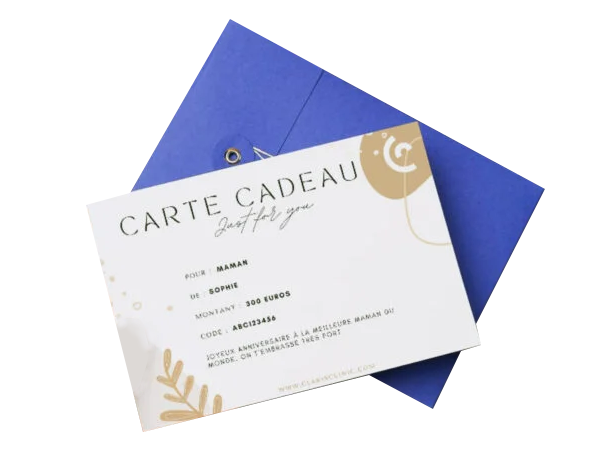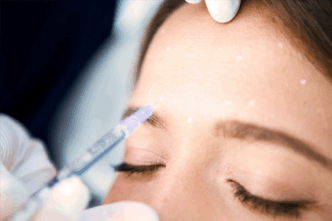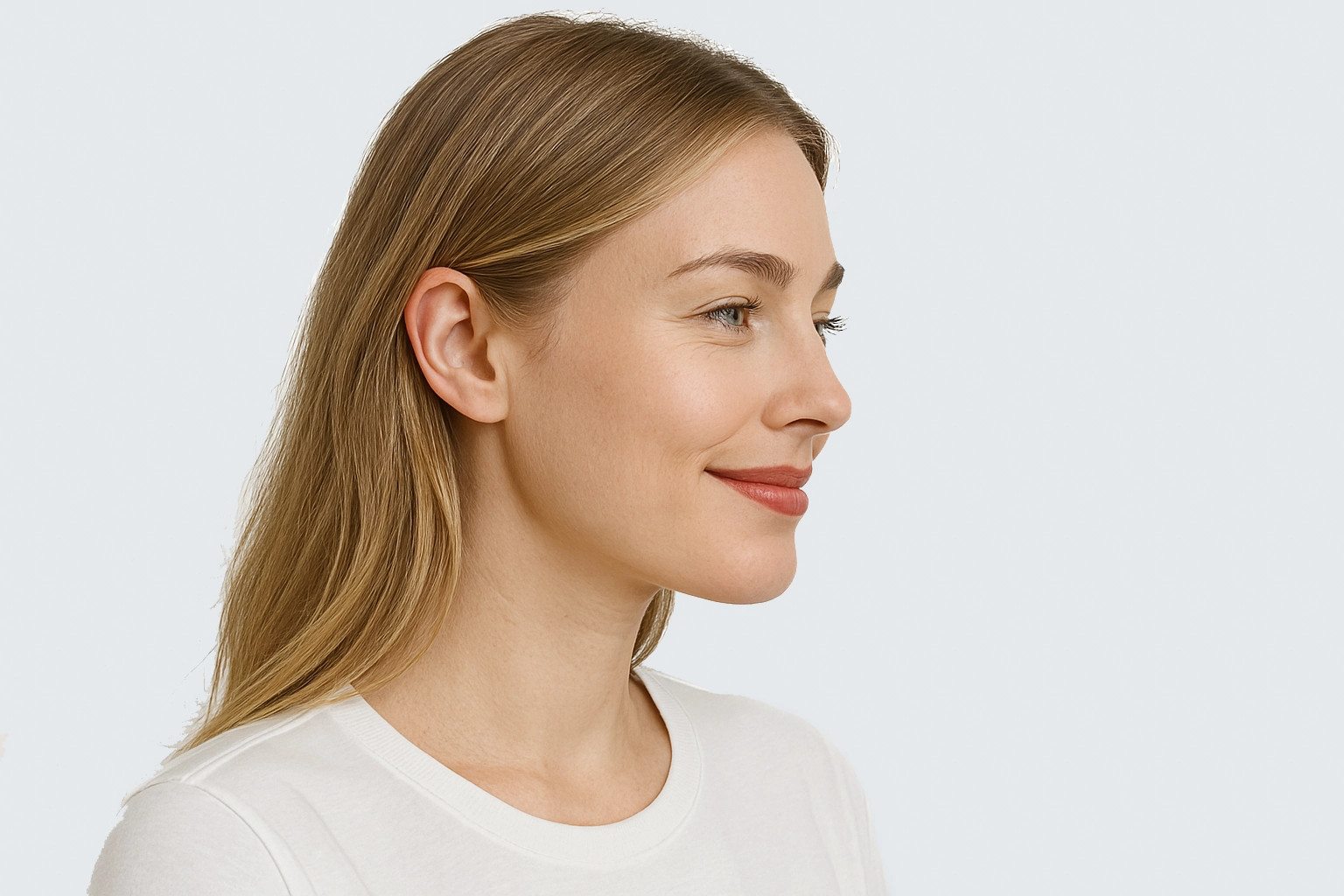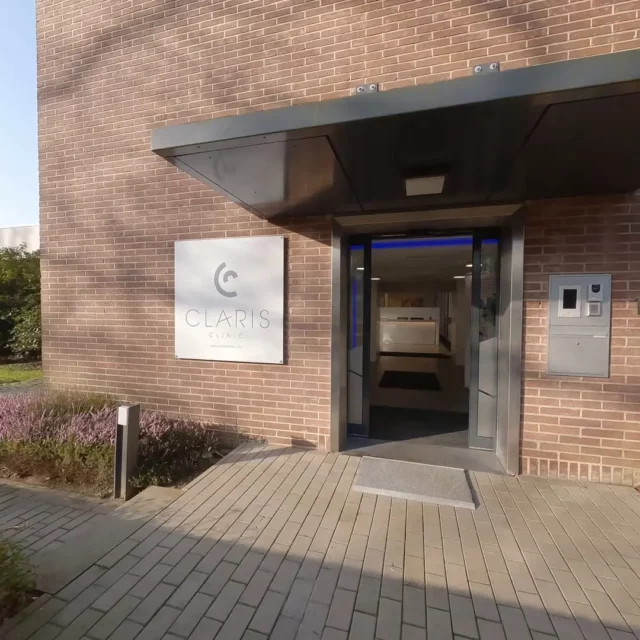Rhinoplasty
Rhinoplasty aims to redefine the nose to restore balance and optimise facial proportions. Aesthetic nose surgery is often chosen to improve confidence while maintaining a natural look. As a less invasive, temporary solution, medical rhinoplasty allows patients to delay surgery or familiarise themselves with the anticipated result.
The benefits of rhinoplasty
- Aesthetic enhancement: redefines shape and proportions for a harmonious face
- Respiratory correction: treats a deviated nasal septum to improve breathing
- Lasting results: permanent improvements through surgery
- Non-invasive alternative: hyaluronic acid injections for a temporary result
- Rapid recovery: modern techniques such as ultrasound for lower impact
- Customised plan: 3D visualisation to uniquely adapt the nose
- Comprehensive support: post-operative follow-up for optimum safety
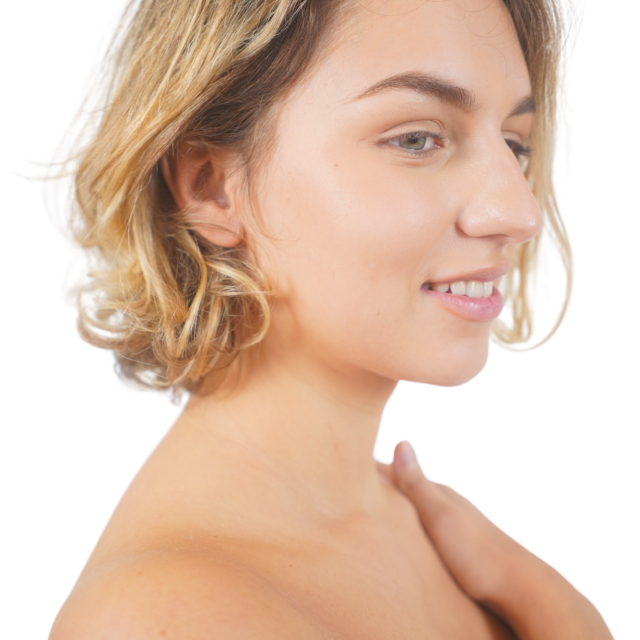
Frequently asked questions
Why get a nose job?
In most cases, the motivation for a nose job is aesthetic. The nose is the central feature of the face and often the first thing people notice, making it a common source of self-consciousness. Many feel their nose is too prominent or too long, which can be bothersome in daily life.
But aesthetics isn’t the only reason to reshape the nose. For example, a natural deviation of the nasal septum can lead to potentially disabling chronic breathing difficulties. In this case, nose surgery can resolve the problem once and for all, giving the patient normal breathing capacity.
Similarly, rhinoplasty can be used as reconstructive surgery after an accident.
What can be done?
We strongly recommend that you choose the shape of your nose to match the shape of your face, as the harmony between the two is crucial for the final result. A nose can appear too thin on one face and too thick on another, which is why the doctor will suggest a morphing procedure. This is a 3D rendering of your face that allows you to visualize what your nose might look like. This technique avoids unpleasant surprises in the final result.
Possible areas of intervention :
- back of the nose: to correct the “hump” of the nose
- wings and nostrils: to change their width
- nose tip: to shape and reshape the nose
- nose length or deviated nasal septum: to modify the overall appearance of the nose, with a functional interest in improving respiratory capacity
What is the minimum age for a nose job?
While there is no legal minimum age for rhinoplasty, the growth of bone and cartilage in the face is completed around the age of eighteen. It is therefore advisable to wait until at least that age before deciding to have a nose job.
At Claris Clinic, only patients over the age of 18 are eligible for surgery.
How do you choose a nose job?
The most common nose reshaping procedure is rhinoplasty, which can be medical, surgical or ultrasonic. Taking the time to choose between these techniques is of course essential, as is being accompanied by a doctor at this initial stage.
Here are a few important criteria to consider.
- Surgical rhinoplasty
This is the most common procedure for nose reshaping. It involves reshaping the bones, cartilage, and tissues that make up the nose to change its shape. This procedure may leave an almost invisible scar on the tip of the nose, but is generally performed directly inside the nostrils to leave no external traces. The main benefit of surgery is a definitive result, but it requires general anesthesia and a longer recovery period. - Medical rhinoplasty
This procedure involves injecting hyaluronic acid into targeted areas to harmonize the volume of the nose. In some cases, hyaluronic acid injections may be more suitable than surgery, depending on the doctor’s assessment. Their temporary effect allows patients to preview the outcome of a future rhinoplasty and get accustomed to the new shape, helping them feel confident in their decision. - Ultrasound rhinoplasty
This ultra-modern surgical method delivers long-lasting results with less postoperative stress. In certain situations, it is indicated as an alternative to conventional rhinoplasty.
How is care provided?
At Claris Clinic, every nose treatment starts with an initial consultation with a specialist. This visit helps clarify your needs and expectations and explore the options that fit your medical history. The doctor will guide you in choosing the most appropriate approach, always prioritising your safety and well-being.
You are welcome to ask any questions and share any concerns during your consultation. From the first appointment to the final follow up, building a trusting relationship with your doctor is essential.
Your treatment plan is developed in close collaboration with your specialist, with every step explained and tailored to you. Our team remains available throughout the process, including the post procedure follow up, which typically continues for about a year after surgery.
Before confirming any surgical procedure, your doctor may request additional tests to ensure your health and safety.
Remember that only a qualified professional can provide accurate information about a treatment, whether surgical or non surgical. Your doctor, familiar with your medical history, is the best source for explaining expected results and potential risks.
How much does a nose job cost?
The cost of rhinoplasty depends on the technique used
- Medical rhinoplasty, with hyaluronic acid injection: €495 incl. VAT
- Surgical rhinoplasty: €5,690 incl. VAT
- Ultrasound rhinoplasty: €6,195 incl. VAT
Please note that these prices are indicative only, and may vary according to the complexity of the work involved.

